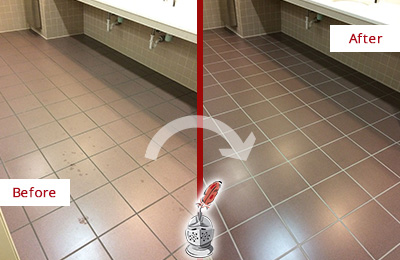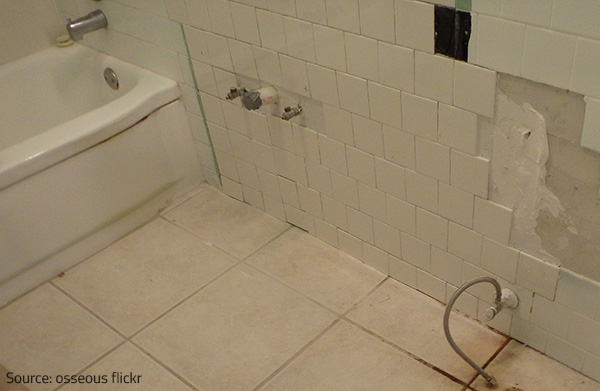Searching for Indications of Water Damage in the Bathroom
Searching for Indications of Water Damage in the Bathroom
Blog Article
We've unearthed this article involving How to Prevent Bathroom Water Damage directly below on the internet and believe it made sense to discuss it with you on this site.

The shower room is very at risk for wet buildup as well as prospective water damage as a result of the frequent use of water in it. This post supplies straightforward inspection techniques to help finding water damages threats.
The frequent use of water in the restroom makes it very at risk for wet accumulation as well as prospective water damages. By evaluating it regularly, you can reduce water related damages.
The complying with collection of examinations is simple to carry out as well as ought to be done when in every three months in order to keep your bathroom in good shape and to prevent potential water damages triggered by the tub, the shower, pipeline joints as well as plumbing, sinks, cupboards, as well as the commode
Do not disregard doing these assessments as well as be extensive while doing them. Bear in mind that these basic evaluations can save you a lot of money by providing very early signs for water damages
Bath tub as well as Shower
The shower as well as tub need special attention and upkeep. Examine the floor tiles and also change if split. Make certain that there is no missing grout between the tiles. Evaluate and also change split caulking at joints where the walls meet the floor or the bath tub. Obstructed drains pipes and pipes troubles will certainly stop the tub from drying and also might suggest major problems under the tub. Speak with a professional immediately to avoid structural damage. Take notice of discolorations or soft areas around the bath tub wall surfaces as they may show an interior leak.
Plumbing
Signs for water damages are difficult to discover since the majority of pipes are installed inside the wall surfaces.
Pay special focus to floor covering and wall surfaces wetness and discolorations as they may indicate an undetectable plumbing issue. Examine wetness levels in adjacent areas also.
Sinks and also Cabinets
Sinks as well as closets are exposed to dampness and moisture daily as well as are usually neglected. Check routinely under the sink as well as on the countertop above it. Fix any drip in the catch as it might suggest drainpipe troubles. Take a look around the sink, sluggish draining pipelines may suggest an obstructed drain. Change sink seals if they are fractured or loose.
The Bathroom
The commode is a susceptible water junction. Inspect the water lines and also search for leakages around the commode seat, in the hose, as well as under the water container. If you detect any type of indicators of dampness on the floor around the bathroom, look for leakages in the toilet rim as well as storage tank seals.
Realize that hanging toilet bowl antiperspirants raises the chances for clogs.
TIPS TO PREVENT WATER DAMAGE IN THE BATHROOM
The average household uses approximately 80-100 gallons of water per person per day. For a family of 4, that's almost 2,500 gallons of water a week! The largest portion of this consumption comes from bathroom use. Flushing the toilet uses the most water, followed by taking a shower or bath. With that much water running through the home, water damage in the bathroom is bound to happen. Knowing how to spot signs of a water leak is essential to preventing long-term damage. This guide provides you with tips to reduce the impact of water damage on your bathroom.
CAUSES OF BATHROOM WATER DAMAGE
Pipe breaks are the most common cause of water damage we see in our daily jobs. The age of a pipe plays a large role in a pipe break as well as corrosion. Over time, the metal begins to break down, allowing water to escape. Frozen pipe breaks are also a concern in the winter months. Toilet overflows caused by paper products or children flushing inappropriate items. Degraded caulking around the toilet or bathtub can allow water seepage, sometimes behind the fixture, into the subfloor or walls. Condensation forms when the water in a pipe is cooler than the air temperature. Beads of water form on the exterior of the pipes, sometimes so much so that the water begins to drip and pool below. Sink or shower backups created by poor drainage. HOW TO PREVENT WATER DAMAGE IN YOUR BATHROOM
Inspect your toilet supply line for worn or frayed hoses and replace them as needed. Winterize your plumbing to prevent a frozen pipe break. Use vent fans to prevent condensation that can lead to mold growth. Routinely check and replace degraded caulking around your toilet or bathtub. Increase the temperature in your toilet tank and insulate your pipes during the warm summer months to keep condensation from forming. Use child safety locks on the toilets. Flush only toilet paper. "Flushable" wet wipes are actually not good for your plumbing system. Additionally, feminine hygiene products should not be flushed. Prevent water from escaping the tub or shower. Make sure shower curtains are in good condition. Inspect shower doors and replace the seal strip if necessary. Wipe up any water that accumulates on the floor and use bath mats. Water left to sit can cause damage to the tiles and flooring. Refrain from using bath products containing heavy oils to avoid a clogged drain.

We were brought to that write-up about How to Prevent Bathroom Water Damage through an acquaintance on a different blog. I beg you take a moment to distribute this page if you liked it. We appreciate reading our article about Common Causes of Water Damage in a Bathroom.
Try Here Report this page